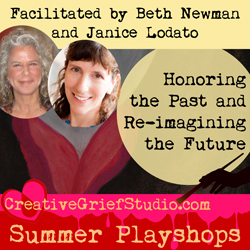 I’m so thrilled to co-facilitate a Summer Playshop, through the Creative Grief Studio, called, “Honoring the Past and Re-imaging the Future.” Beth Newman and I have collaborated to bring you a 100% online Playshop that explores our journey through menopause and the feelings of grief that we sometimes encounter as we reflect on lost opportunities and our aging bodies.
I’m so thrilled to co-facilitate a Summer Playshop, through the Creative Grief Studio, called, “Honoring the Past and Re-imaging the Future.” Beth Newman and I have collaborated to bring you a 100% online Playshop that explores our journey through menopause and the feelings of grief that we sometimes encounter as we reflect on lost opportunities and our aging bodies.
We hope you’ll join us for the live call on Thursday, August 13th, at 1:00 p.m. CT / 2:00 p.m. ET. If you can’t attend the live call, it will be recorded and you can listen at your convenience and join us for the discussions and sharing that will happen in the online classroom through August 20th. Register today!
Does the intersection of creativity and grief sound like an area you’d like to explore further? If yes, contact me for grief coaching either in-person or online or explore the Creative Grief Studio’s offerings!
Wishing you abundant love and light as you journey with grief and life’s transitions!

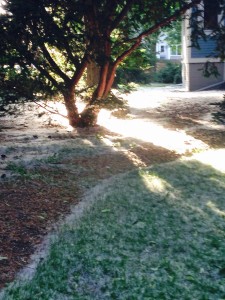
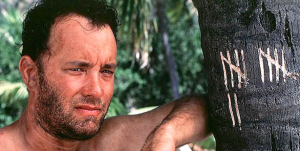 “Time rules over us without mercy. Not caring if we’re healthy or ill. Hungry or drunk. Russian, American, beings from Mars. . . . we live or we die by the clock. We never turn our back on it and we never ever allow ourselves the sin of losing track of time.” from
“Time rules over us without mercy. Not caring if we’re healthy or ill. Hungry or drunk. Russian, American, beings from Mars. . . . we live or we die by the clock. We never turn our back on it and we never ever allow ourselves the sin of losing track of time.” from 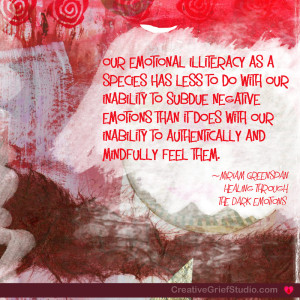

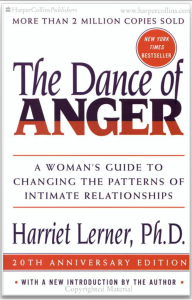

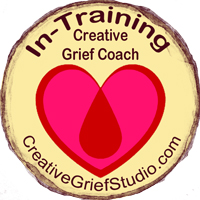 I’m so excited to announce that I’ve started training to be a Creative Grief Coach. I’m studying with Kara Jones and Cath Duncan from the
I’m so excited to announce that I’ve started training to be a Creative Grief Coach. I’m studying with Kara Jones and Cath Duncan from the